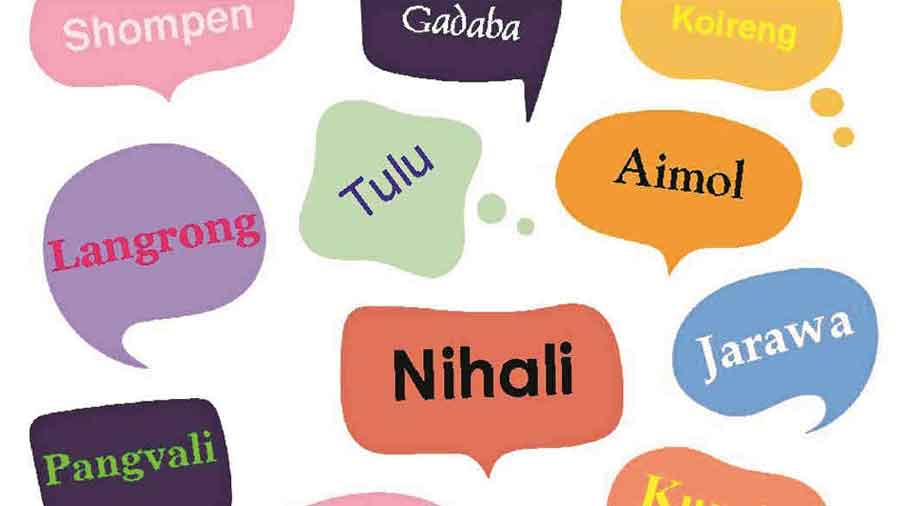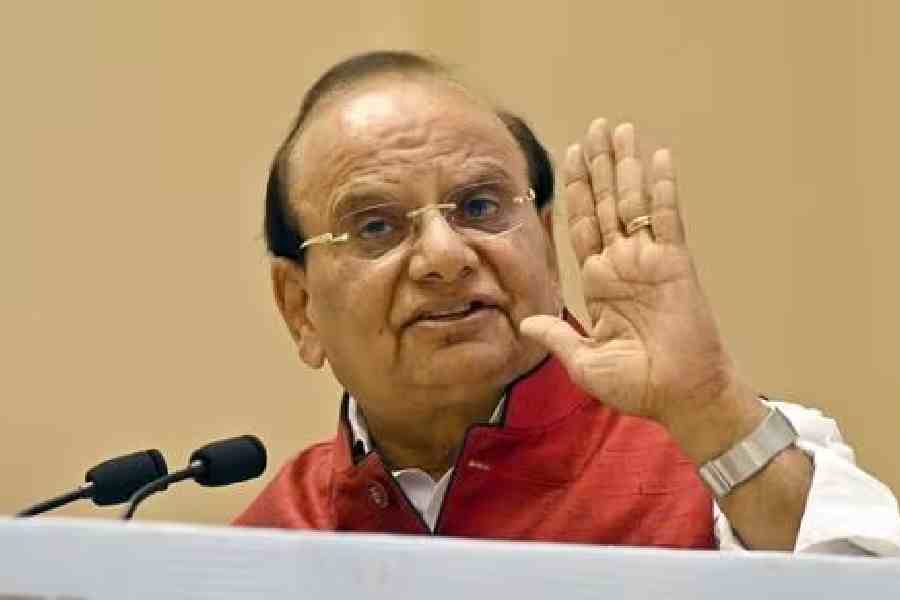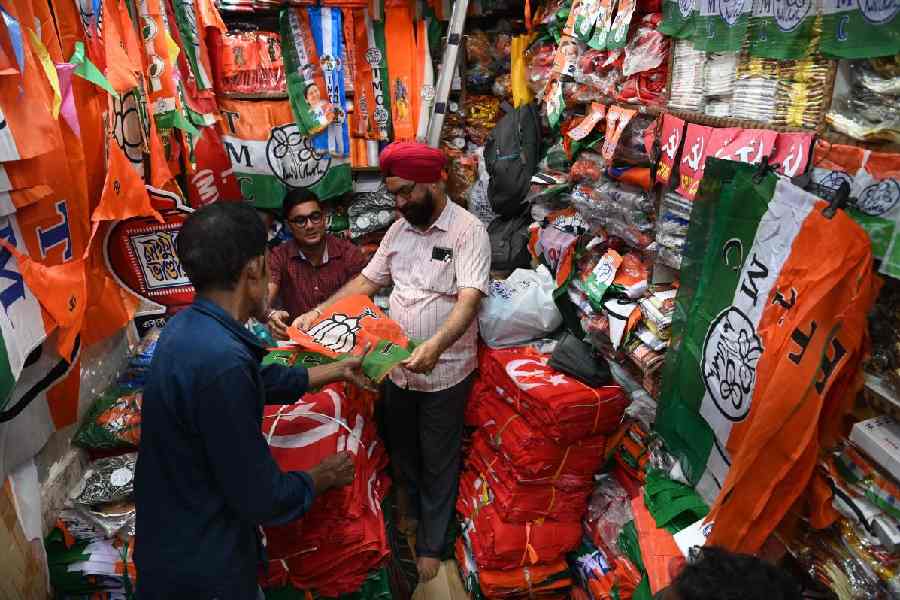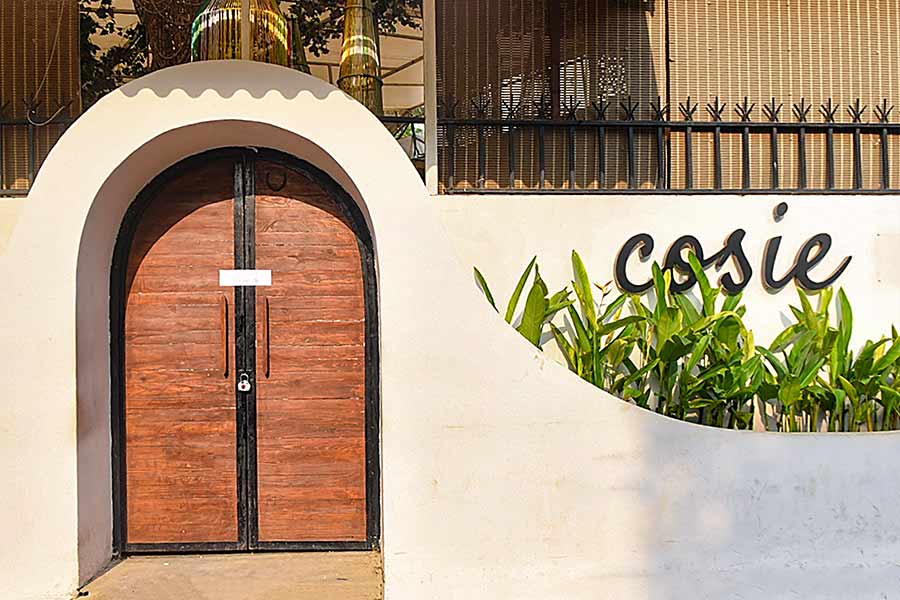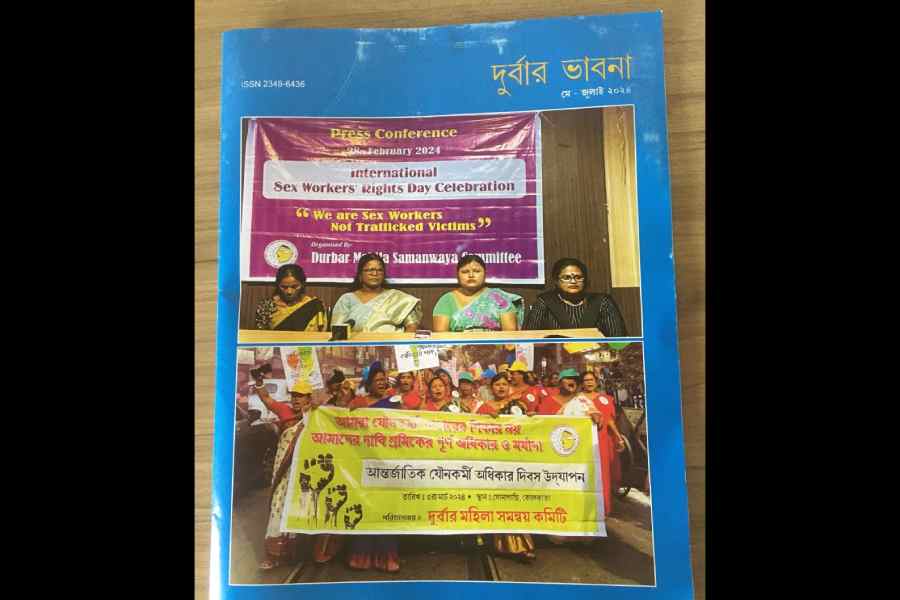The Uruguayan writer, Eduardo Galeano, had said, “The world is diminished when it loses its human sayings, just as when it loses its diversity of plants and beasts.” Language, the cornerstone of culture and civilisation, is essential to the preservation of memory and the history of communities, even the nation.Therefore, its preservation, as Galeano urged, is crucial. In a first-of-its-kind endeavour, Belvedere House, on the National Library campus, would open a museum dedicated to languages — the Museum of Word or Shabdlok — in an attempt to trace the evolution of the 22 official Indian languages and major linguistic trends in an interactive way. Its principal aim would be to preserve the illustrious history of languages,scripts and literature as well as focus on the contributions of prominent scholars, poets and writers. Hearteningly, the history of the printing press and public libraries would also come under the ambit of preservation. The project would balance the old with the new: the curatorial team is expected to include augmented and virtual reality tools, graphic walls, interactive games along with artefacts like manuscripts and replicas of historical objects to enhance the museum experience.
The initiative is welcome. But there is also a concern. The museum of languages is taking shape even as numerous languages are threatened with extinction.Nearly 400 of India’s 850-odd languages are considered endangered; around 250 languages have been lost since 1961; another 400 will perish in the next 50 years. The fall in the use of, teaching in, and research on these languages have amplified the existential threat. Large-scale migration from language zones is leading to disruptions in the bond between a language and its speakers. An uneven — discriminatory— cultural ambience has added to the challenge. Surveys have revealed that people — mostly indigenous communities — often shun their mother tongues because of a fear of being discriminated against.
A new shadow has fallen over India’s multilingual heritage with the political ascendancy of the Bharatiya Janata Party whose leaders — the Union home minister is among them — have repeatedly endorsed the imposition of Hindi. While the Museum of Word can help preserve endangered linguistic heritage, protection is not enough. What the nation’s language policy must endorse, along with the preservation of dialects, is their proliferation.This must also be a democratic enterprise.So not just Sanskrit and other classical tongues but also the cause of indigenous languages must be pushed by encouraging native speakers and weeding out cultural or political discrimination on the basis of language. Educational institutions must be given the autonomy to choose a third, or even fourth, language for teaching depending on demand and demography. Multiculturalism has many benefits. Apart from fostering a sense of mutual respect — the glue to a federation — the plurality of languages is attractive to economic capital. Therefore, languages must be allowed to live, within and without protected spaces.

